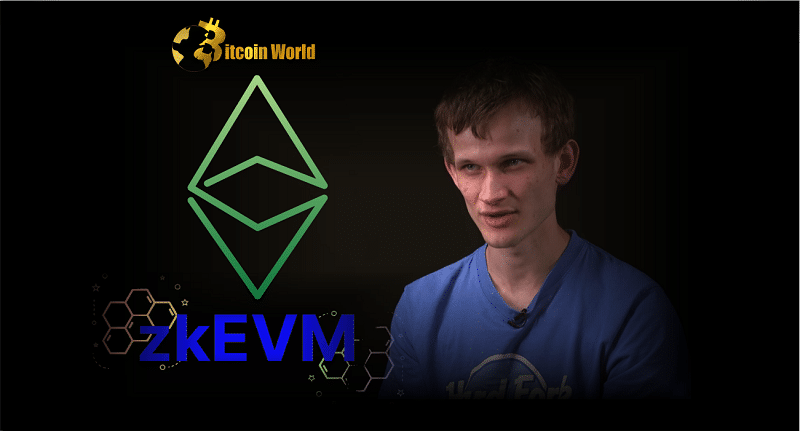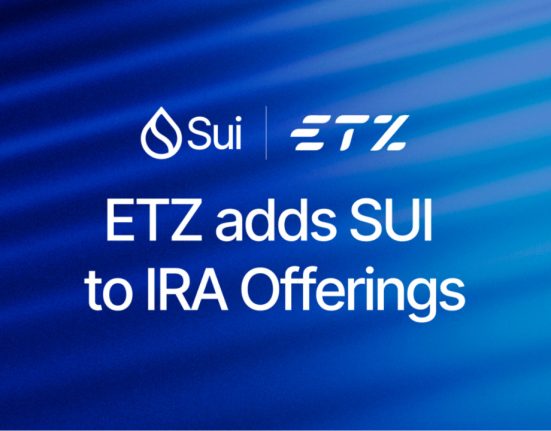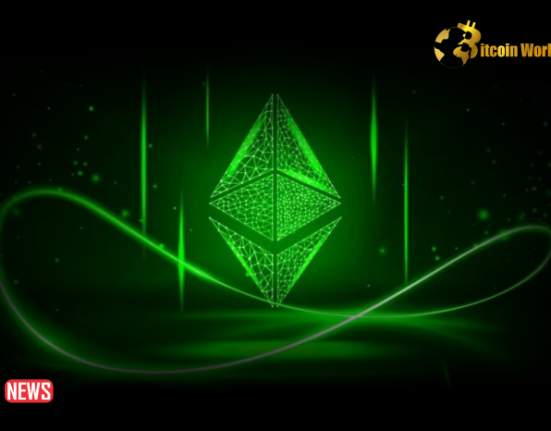Machines built atop Ethereum’s initial layer to accelerate the verification process on the basic blockchain (zk-EVMs). Buterin explained in a March 31 post that integrating a zk-EVM on the base layer is achievable without sacrificing decentralization or security. Ethereum Virtual Machines can execute smart contracts on the blockchain using ZK proofs.
Buterin noted that Ethereum was built with a “multi-client mindset” to ensure protocol decentralization. It would be the third type of client if zk-EVMs were integrated at the Ethereum layer 1.
“Once that occurs, zk-EVMs de facto become a third form of Ethereum client, just as vital to network security as execution and consensus clients are now.”
The other two clients are “consensus” and “execution.” The consensus client uses proof-of-stake to ensure that nodes in the network achieve an agreement. While the execution is running, it listens for new network transactions, executes them in normal EVM, and keeps a copy of the most recent state of the blockchain.
Buterin evaluated the benefits and drawbacks of treating layer 1 as a “clearinghouse” by shifting practically all activity to layer 2’s before promoting the idea of zk-EVM verification at the Ethereum base layer.
He predicted that many layer 1-based apps would become “economically nonviable,” and that modest funds — worth a few hundred dollars or less — would become “trapped” if gas prices rose too high.
Buterin noted that zk-EVMs must be “open,” in the sense that various clients have different zk-EVM implementations, and each client waits for a proof that is compatible with its own implementation before acknowledging a block as legitimate.
He prefers this method because it does not abandon the “multi-client” model, and an open zk-EVM infrastructure allows for the development of new clients, further decentralizing Ethereum at the base layer.
Buterin suggested that zkEVMs could answer “The Verge,” a section of the Ethereum roadmap aimed at making base-layer verification easier.
Buterin recognized that the zk-EVM infrastructure might generate data inefficiencies and latency difficulties, but he claimed that these obstacles would be “not too difficult” to overcome.
Buterin noted that if the zk-EVM ecosystem is created, it will make running a full node on Ethereum considerably easier: “Ethereum blocks would be smaller than they are now, and anyone could operate a fully verified node on their laptop, phone, or inside a browser extension, all while retaining the benefits of Ethereum’s multi-client philosophy.”
Polygon, an Ethereum layer-2 scaling platform, has made significant progress with its zk-EVM, recently open-sourcing it to the Polygon mainnet on March 27, promising lower transaction costs and increased throughput of smart contract deployments.
Similar zkEVM scaling solutions are used by StarkWare, ConsenSys, Scroll, zkSync, and Immutable.














